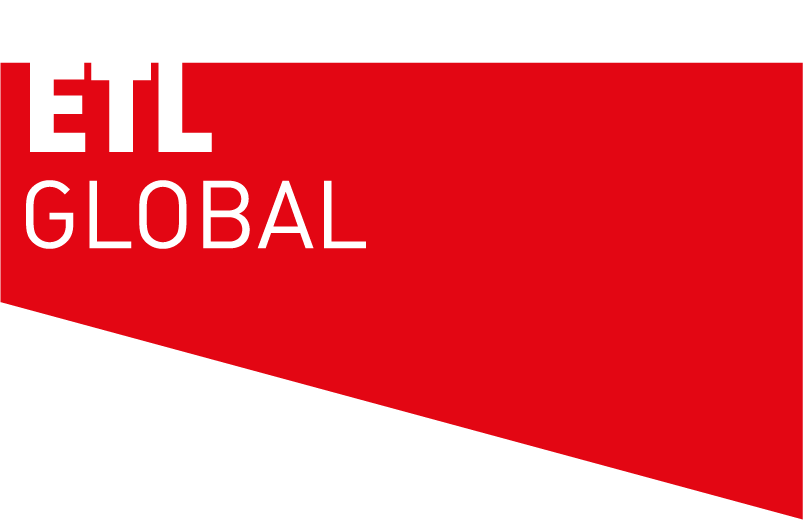Tax Rates and Allowances for Small Businesses – 2019/20
Here are the main small business tax rates and allowances for the tax year of 2019/20.
Corporation Tax
You have to pay 19% Corporation Tax if your profit falls below £300,000.
If your annual profit exceeds £300,000 then you have to also pay 19% Corporation Tax. You can find out more in our corporation tax guide.
Value Added Tax (VAT)
You have to register for VAT if your turnover over the past 12 months is £85,000 or more.
The de-registration threshold is £83,000.
Dividend Tax
Tax on dividends is paid at a rate set by HMRC on all dividend payments received.
Anyone with dividend income will receive £2,000 tax-free, no matter what non-dividend income they have.
Dividend basic rate is 7.5%. £0 to £37,500 on taxable income over the Personal Allowance In England.
The dividend higher rate is 32.5%. £37,501 to £150,000 on taxable income over the Personal Allowance in England
Dividend additional rate is 38.1%. Over £150,000 of taxable income.
Income Tax – Personal Allowance
The personal allowance (the amount you can earn before any income becomes taxable) is £12,500.
You will not receive a tax-free personal allowance at all if you earn £123,700 or more.
Income Tax Bands
The basic rate band is 20% and applies to income up to £50,000.
The higher rate band is 40% and applies to income from £50,001 to £150,000.
The upper (additional) rate band is 45% and applies to income of £150,000 and above.
National Insurance Contributions (NICs)
If you run a company (or work for one), then Class 1 NICs apply.
Employees’ Class 1 NICs are payable at 12% on salaries received between £166 and £962 per week. Any earnings above the upper earning limit (£962) will be taxed at 2%.
Employers’ Class 1 NICs are payable at 13.8% on earnings above £166 per week.
For sole traders and partnerships, you pay Class 2 and Class 4 NICs.
Class 2 NICs are payable at £3.00 per week and are paid by anyone earning £6,365 or more through self-employment during the tax year.
Class 4 NICs are paid on profits you make as a self-employed person. The Class 4 NIC rate is 9% of annual profits between £8,4632 and £50,000, and an additional 2% on profits above £50,000 per year.
Pensions Savings Tax Relief
The annual allowance limit remains at £40,000.
The maximum tax-free lump sum is 25% of your pension pot.
Individual Savings Accounts (ISAs)
The overall ISA investment limit remains £20,000.
Capital Gains Tax
If you pay higher rate income tax you’ll pay 28% on your gains from residential property, and 20% on your gains from other chargeable assets.
If you pay basic rate income tax you’ll pay 18% on your gains from residential property, and 20% on your gains from other chargeable assets.
You’ll pay 10% if you’re a sole trader or partnership and your gains qualify for Entrepreneurs’ Relief.
Each individual has an annual CGT exemption of £12,500.
Capital Allowances
The Annual Investment Allowance (AIA) is £200,000 and has remained at this since 2016.
First-year allowances remain at 100%.
Inheritance Tax
The Inheritance Tax Threshold (IHT) remains at £325,000. The standard inheritance tax rate is 40% of anything over the £325,000 threshold.
Stamp Duty Land Tax
The SDLT regime rates are as follows, charged on a progressive basis (i.e. no longer just on the band into which the purchase price falls):
Up to £125,000 – no tax
£125,001 – £250,000 – 2%
£250,001 – £925,000 – 5%
£925,001 – £1,500,000 – 10%
£1,500,000 or more – 12%

